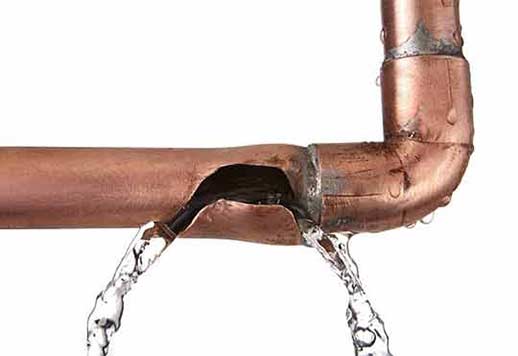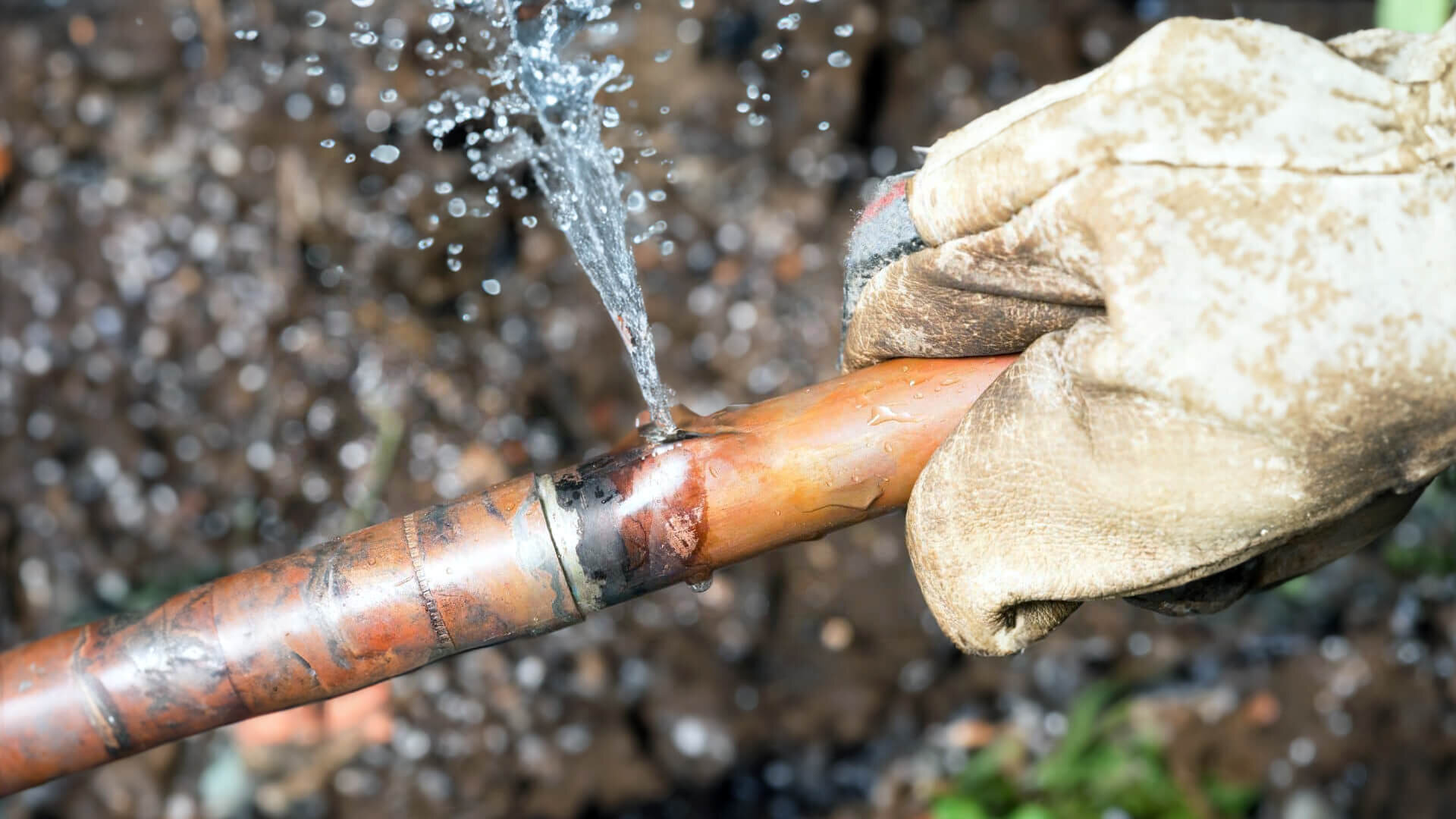Understanding the Causes of a Burst Pipe and How to Prevent It
Understanding the Causes of a Burst Pipe and How to Prevent It
Blog Article
Stopping Ruptured Pipeline: Crucial Tips to Safeguard Your Pipes
Protecting against burst pipelines is an essential issue for homeowners, especially throughout colder months when the risk of cold is enhanced. Carrying out tactical steps such as appropriate insulation, regular evaluations, and preserving constant indoor temperature levels can substantially minimize the possibility of pipeline failure. Furthermore, understanding emergency treatments furnishes house owners to react swiftly to potential pipes problems. Numerous are uninformed of the particular vulnerabilities that their pipes may face. Checking out these vulnerabilities can give vital insights right into protecting your pipes system efficiently.
Understand Pipeline Vulnerabilities
Understanding pipeline susceptabilities is necessary for effective pipes upkeep and avoiding pricey damage. Numerous aspects add to the vulnerability of pipelines to ruptureds, consisting of material structure, age, and ecological problems. Older pipelines, specifically those made from galvanized steel or polybutylene, frequently degrade in time, bring about enhanced danger of leaks and tears.
Temperature level variations can additionally significantly effect pipeline stability. In colder climates, water caught in pipes can freeze, broadening and applying stress on the pipe walls, which might ultimately cause a ruptured. High water pressure can strain pipes, particularly at bends and joints, enhancing the likelihood of failure.

Insulate Piping Properly
Appropriate insulation of pipes is critical for protecting against freezing and subsequent ruptureds throughout cold weather (burst pipe). Protecting your pipes system successfully safeguards versus temperature goes down that can bring about costly damages. Begin by recognizing vulnerable areas where pipelines are revealed to outdoor temperature levels, such as basements, attic rooms, and outside walls
Usage foam pipeline insulation sleeves or cover insulation tape around these locations to supply a safety obstacle. Ensure that all sections of the pipes, particularly those with restricted warm exposure, receive adequate insulation. Pay special interest to installations and joints, as these are a lot more prone to freezing.
When protecting, it's important to select materials that meet neighborhood building codes and are ideal for the details atmosphere. Fiberglass insulation is usually suggested for its thermal resistance residential or commercial properties. Additionally, consider utilizing heat wires or tape in severe conditions, which can be plugged in to supply extra warmth
Frequently examine protected pipes for any kind of indications of wear or damage, as jeopardized insulation can decrease its performance. By taking these positive steps, you dramatically lower the threat of pipeline ruptureds, making certain a reputable plumbing system throughout the cold weather.
Maintain Constant Temperature Level
A stable interior temperature level is important for protecting against ruptured pipes throughout the cold months. When temperature levels decrease, water within pipelines can freeze, creating and expanding stress that may eventually trigger the pipelines to burst. To alleviate this danger, home owners ought to preserve a regular temperature throughout their space, preferably no lower than 55 ° F(13 ° C)Making use of he said a programmable thermostat can help handle interior temperatures successfully, ensuring that spaces with plumbing remain warm also when your house is empty. Pay special focus to locations that are extra susceptible to chilly, such as attics, cellars, and garages. Maintaining cupboard doors open under sinks can additionally allow warmer air from the home to distribute around plumbing.
This minor circulation of water can avoid freezing by reducing stress within the pipes. By implementing these strategies, homeowners can dramatically decrease the risk of pipeline bursts and safeguard their plumbing systems versus the severe winter components.
Frequently Inspect Plumbing
Regular examinations of plumbing systems are critical for preventing ruptured pipes and keeping total home integrity. Routine checks enable homeowners to determine potential problems prior to they rise into here expensive repairs or significant water damages. Throughout these evaluations, it is important to take a look at visible pipelines for indicators of rust, leakages, or wear. Pay special attention to areas susceptible to cold, such as cellars, attic rooms, and exterior wall surfaces.
Additionally, examining joints and links is important, as these points are frequently at risk to leaks. Property owners must also evaluate water pressure levels, as excessive stress can strain the plumbing system and enhance the danger of pipeline ruptureds.
Think about scheduling expert plumbing inspections at the very least when a year, specifically prior to winter season, to ensure your system is prepared for chillier click over here now temperatures. By being proactive in your approach, you can safeguard your home versus the disruptive and pricey repercussions of burst pipelines.
Know Emergency Treatments
Recognizing emergency treatments is crucial for each house owner, particularly after conducting routine pipes inspections. Being gotten ready for a plumbing emergency situation can substantially minimize damages and conserve costs. Locate your major water shut-off shutoff; it is generally located near the water meter or where the main line enters your home. Acquaint yourself with its operation, as shutting down the water system rapidly can protect against comprehensive flooding.
Next, keep necessary tools useful. A pipes emergency kit must consist of a wrench, plunger, and towels, in addition to a flashlight and a pail for small leakages. In addition, take into consideration having the contact info for a relied on plumber readily offered, needs to the situation escalate beyond your control.
If you find a leakage or ruptured pipeline, instantly switch off the supply of water and alert your plumber. Document the damages with photos for insurance policy purposes. Be conscious of the indicators of prospective plumbing problems, such as unusual water pressure changes or damp spots on walls
Ultimately, positive understanding and quick action are essential in taking care of plumbing emergencies, guaranteeing your home stays safeguarded and decreasing prospective damages.

Final Thought
To conclude, protecting against burst pipelines demands a multifaceted approach that includes understanding pipe susceptabilities, correct insulation, preserving consistent interior temperatures, normal examinations, and understanding of emergency situation procedures. By carrying out these necessary strategies, the danger of pipes failures can be significantly decreased, therefore making sure the longevity and effectiveness of the pipes system. Positive actions not only secure versus potential damages but additionally contribute to overall water conservation and the defense of home.
In cooler climates, water caught in pipelines can ice up, broadening and exerting stress on the pipeline walls, which might eventually lead to a ruptured. When temperature levels drop, water within pipes can ice up, creating and broadening stress that might eventually trigger the pipelines to ruptured. By implementing these techniques, home owners can considerably minimize the threat of pipeline ruptureds and secure their plumbing systems against the severe wintertime components.

Report this page